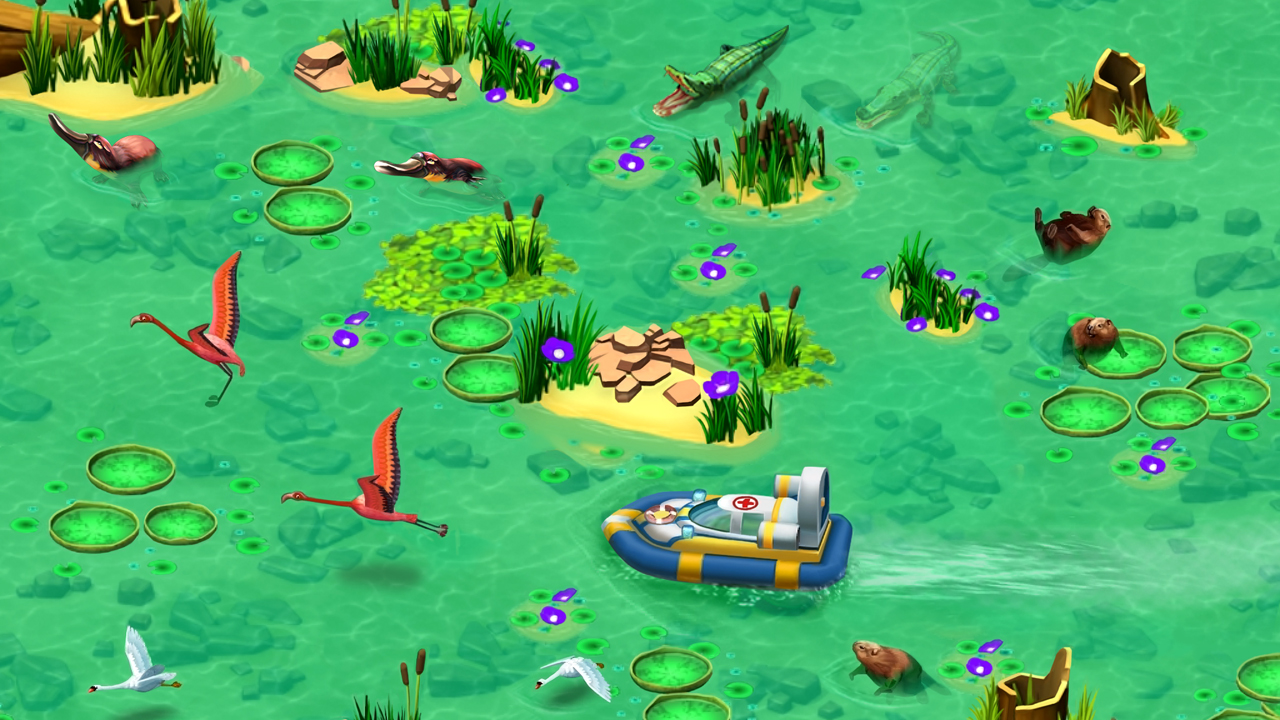
Nature documentaries had revealed how these animals lived in the wild. Change in public attitudesīy the 1980s the British public was questioning the morality of keeping animals captive. Wild animals could be observed roaming across acres and interacting more freely, to the delight of visitors and the fear of locals. In 1966 a revolutionary idea arrived in Britain – the first drive-through safari park opened at Longleat, Wiltshire. These were the first non-urban zoos with larger enclosures. Zoological parks opened at Chester and Whipsnade in 1931. Removing the barsĮdinburgh was the first British zoo to be inspired by the idea of displaying animals without bars, opening in 1913. The 20th Century saw huge changes for British zoos. In 1907 a German merchant called Carl Hagenback set up a zoo in Hamburg that tried to mimic the animals’ surroundings in the wild. Zoos were expensive to run so they began exhibiting crowd-pulling animals such as the hippopotamus Obayshe at London Zoo.Īt the start of the 20th century, most zoos in Britain served simply to display animals as a form of entertainment. While most scientific zoos closed due to lack of funds, London Zoo survived by opening to the public in 1847. These included Charles Darwin, who saw his first orangutan Jenny. London Zoo was only open to members of the Zoological Society.

In 1850 Lion Queen, trainer Ellen Bright, was mauled to death by tigers during a show.Ī Victorian fascination with natural history saw the opening of the first scientific zoos. Even Queen Victoria saw them at a fair in Windsor.

Travelling animal shows gave people their first glimpse of lions and other exotic creatures at British fairs. Another public menagerie was opened in London at the Exeter Change on the Strand. In the 1600s, James I and his courtiers would watch lions and bears fight to the death.īy the 1800s, the public could visit the animals for a shilling. Sadly the animals were not treated well by today’s standards. This was a private menagerie, only open for the pleasure of king and court. This royal menagerie including lions and camels moved to the Tower of London in 1210. In 43 AD the Roman Emperor Augustus brought elephants with him when he invaded Britain.Īfter the Norman Conquest in 1066, William the Conqueror set up his own collection of wild animals in Woodstock.

Kings and emperors and the very wealthy have kept wild animals for thousands of years to symbolise their power. How did zoos come about? Narrated by Helen Skelton


 0 kommentar(er)
0 kommentar(er)
